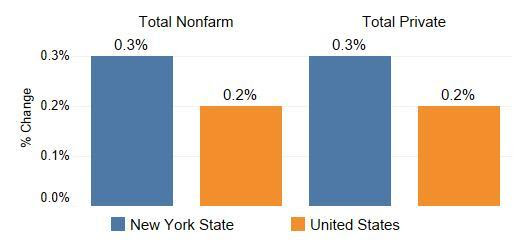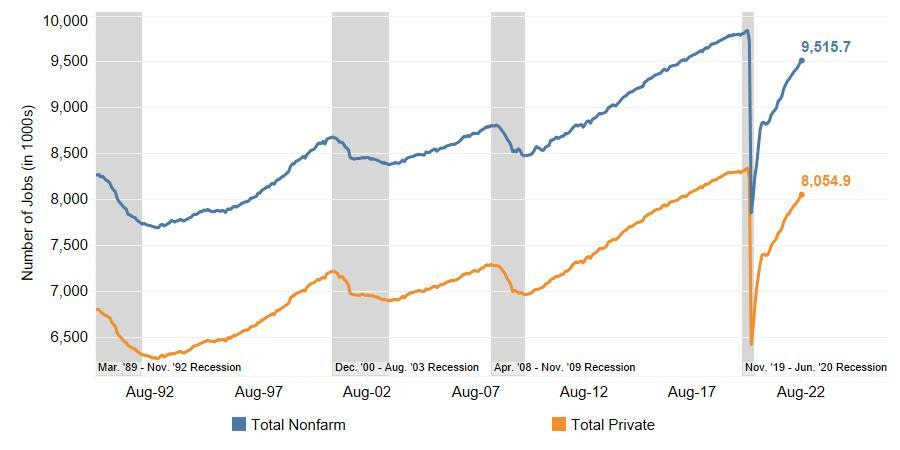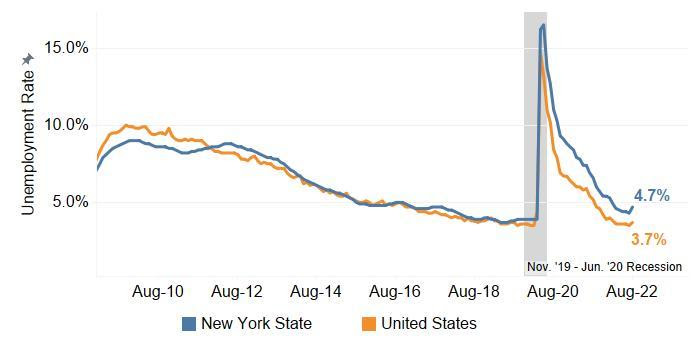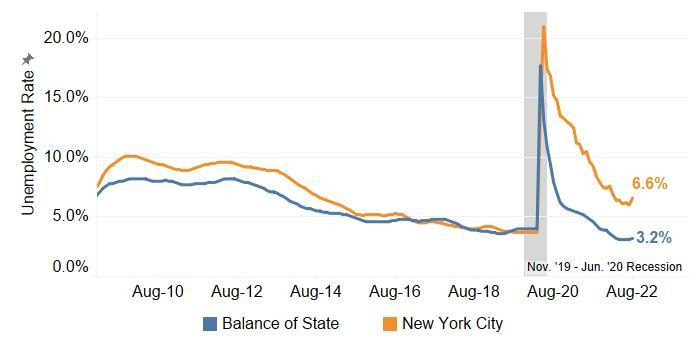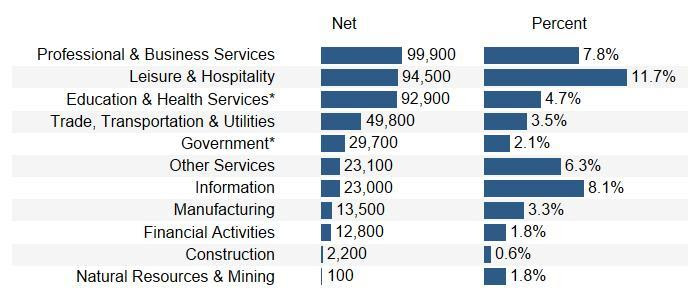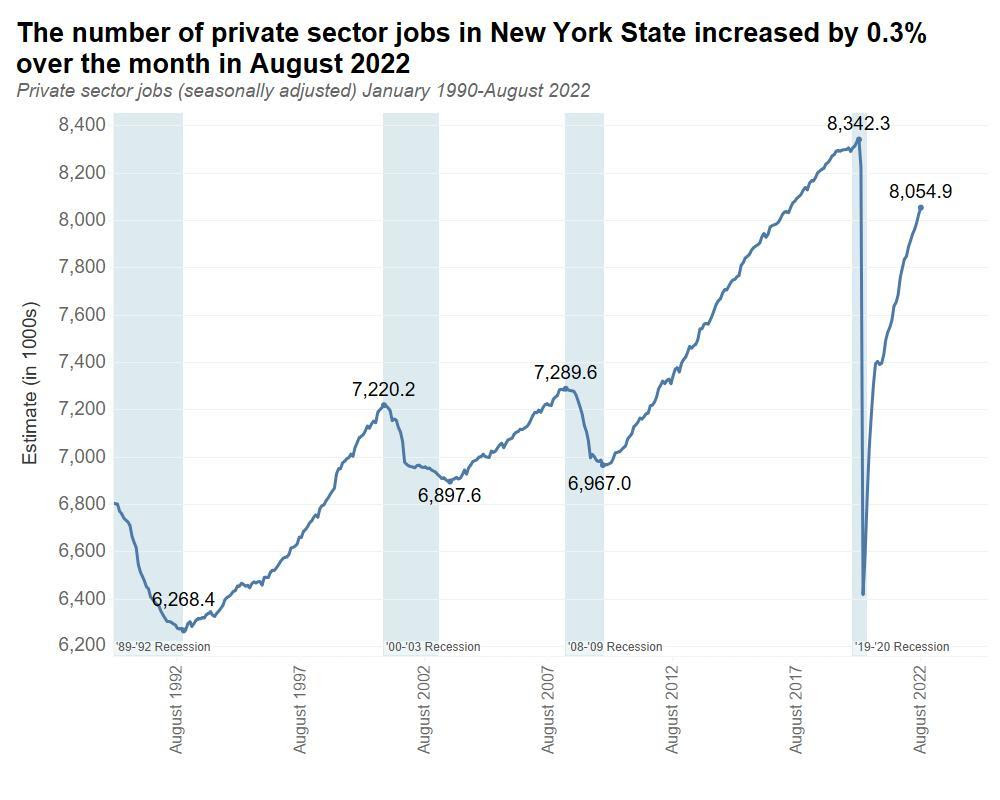USDOT Grant Will Help Fund Significant Redevelopment of Produce Market, Protect Jobs, and Improve Community’s Air Quality
Funding Builds on Mayor Adams’ “Rebuild, Renew, Reinvent: A Blueprint for New York City’s Economic Recovery” and “Hunts Point Forward” Plans to Make Significant Investments in Produce Market and Local Community Priorities
New York City Mayor Eric Adams today announced that the Hunts Point Produce Market has been selected for a $110 million federal grant to upgrade and improve its facilities. The funding comes from a U.S. Department of Transportation (USDOT) Infrastructure for Rebuilding America (INFRA) grant and will be used to strengthen critical freight movement and improve the environment, public health, and quality of life for the Hunts Point community.
“Just two months into my administration, I committed to help kickstart the redevelopment of this critical local and national asset, and, with $110 million, I know this funding will help us take a significant step forward,” said Mayor Adams. “I am grateful to USDOT and all our partners, in and out of government, for fighting for this funding, for our city’s economic comeback, and for the Hunts Point community. I look forward to continuing to work with them to deliver the rest of the funding we need to get this critical project done.”
“The Hunts Point Produce Market plays an essential role in the city and the region’s food supply chain and serves as an economic anchor to the neighborhood. The funding from the USDOT is critical in helping us build a modernized market that supports both our economic development and environmental goals for the Hunts Point community,” said Deputy Mayor for Economic and Workforce Development Maria Torres-Springer. “I am grateful to the USDOT and to the broad coalition of community and government partners who have now brought us one step closer to realizing the full potential of this project.”
“Thank you to the Biden administration and the U.S. Department of Transportation for this historic investment as part of the INFRA grant program, which will allow New York City to strengthen a critical freight and food supply chain,” said Deputy Mayor for Operations Meera Joshi. “This funding will help create a world-class facility that will take into account the needs of the community by reducing emissions and increasing resiliency.”
The new produce market will be an approximately 1 million-square-foot, state-of-the-art intermodal freight facility with more than 800,000 square feet of refrigerated warehouse space and 200,00 square feet of ancillary space. The new facility will be compliant with the U.S. Food and Drug Administration’s new Food Safety Modernization Act and will expand much-needed refrigerated warehouse space and pallet capacity — eliminating 1,000 diesel-powered refrigerated trailer units currently idling onsite as additional storage and significantly reducing emissions in the surrounding community. The redevelopment will also improve site circulation and coordination of inbound and outbound traffic, and it will facilitate increased rail usage.
The grant application was prepared by the New York City Economic Development Corporation (NYCEDC), the New York City Department of Transportation (NYCDOT), and the New York City Department of Small Business Services (SBS).
“By removing 1,000 diesel-powered refrigerated trailer units currently idling on site, this generous grant will significantly reduce pollution and improve air quality in the South Bronx,” said New York City Chief Climate Officer Rohit T. Aggarwala. “Further improvements to truck circulation within the facility and improving access to rail will also result in healthier air for those who live and work in this already overburdened community.”
“This critical funding is going to catapult our efforts to transform the produce market into a state-of-the-art environmentally sustainable facility that its 2,000 workers, local businesses, and community neighbors deserve,” said NYCEDC President and CEO Andrew Kimball. “We want to thank Mayor Eric Adams, Senator Schumer, Congressman Ritchie Torres, the Hunts Point Terminal Produce Market Cooperative and its businesses, Teamsters Local 202, and the more than 30 elected officials and organizations who advocated for the produce market to receive this grant.”
“This redevelopment plan will include the largest electric truck charging hub in the city — a huge step forward in helping small- and medium-sized businesses at the market to go electric and reducing emissions and improving air quality in the South Bronx,” said NYCDOT Commissioner Ydanis Rodriguez. “We thank Mayor Adams and our sister agencies in securing this federal funding and for putting together this vision to address historic inequity in Hunts Point.”
“The redevelopment of the Hunts Point Produce Market is a major boost for the city’s food infrastructure that fortifies the supply chain relied on by thousands of businesses and workers across the five boroughs,” said SBS Commissioner Kevin D. Kim. “This critical investment will support our economy and the local community for years to come, and SBS is proud to help bring this new project to life.”
“For far too long, historically overburdened neighborhoods, like Hunts Point, have suffered the impacts of polluting infrastructure,” said New York City Mayor’s Office of Climate and Environmental Justice Executive Director Kizzy Charles-Guzman. “This historic investment in the Hunts Point Produce Market will improve the facility’s energy efficiency and remove carbon, soot, and fossil fuel pollution from our air. Investments like this are crucial to improving health and developing and supporting a green economy in New York City.”
“Hunts Point is a critical part of New York City’s food system, and this redevelopment will ensure it remains a vital resource for years to come,” said New York City Mayor’s Office of Food Policy Executive Director Kate Mackenzie. “We thank the federal government and our congressional delegation for working to advance economic development, environmental justice, and food equity through this generous grant.”
The produce market distributes over 2.5 billion pounds of produce a year to New York City and the New York metropolitan region. The market employs thousands of New Yorkers and supplies 25 percent of the city’s fresh produce.
The produce market is one of the key areas of redevelopment that was outlined in Mayor Adams’ “Rebuild, Renew, Reinvent: A Blueprint for New York City’s Economic Recovery” and his “Hunts Point Forward” plan announced earlier this year. Redeveloping the produce market will:
- Protect and strengthen the food supply chain on the city, regional, and national levels;
- Keep and grow the 2,000 quality jobs at the produce market;
- Reduce emissions on city-owned land in Hunts Point, where residents face a disproportionate burden of environmental hazards relative to the rest of New York City;
- Support market business growth and use the produce market space more efficiently; and
- Create a global model for 21st-century urban food distribution.
“Revitalizing the Hunts Point Produce Market will have a direct economic and environmental impact — not only nationally but especially locally right here in the Bronx,” said Phillip Grant, CEO, Hunts Point Produce Market. “Thank you to our tireless advocate Senate Majority Leader Charles Schumer, our local congressional champion Ritchie Torres, and the Biden administration for recognizing how pivotal, impactful, and essential it is to revitalize our public market. We are hopeful that with the outstanding support we have received from our federal and city leadership that we will be able to secure the additional public support needed to truly revitalize our market and, as a result, significantly improve our regions food infrastructure for generations to come.”



